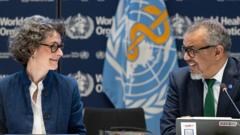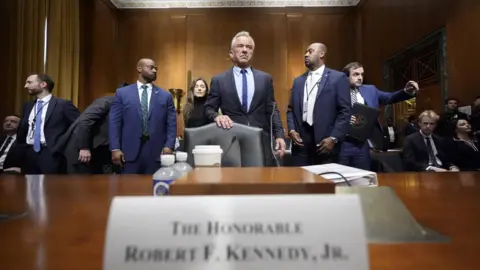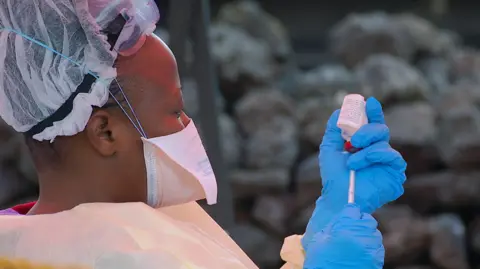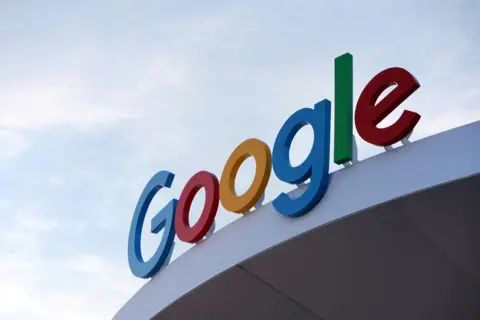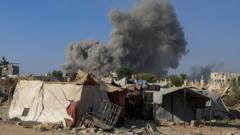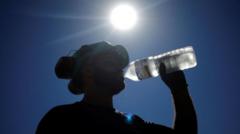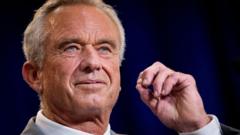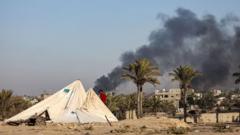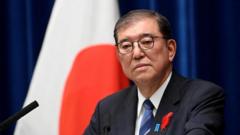The World Health Organization (WHO) has taken a monumental step in public health by finalizing a legally binding treaty aimed at improving global responses to future pandemics. This agreement was reached after three years of negotiations among member states and is anticipated to address the disarray and resource competition that characterized the COVID-19 pandemic.
Key features of this treaty include provisions for immediate data sharing regarding emerging diseases, enabling researchers and pharmaceutical companies to expedite the development of necessary treatments and vaccines. For the first time, the WHO will also gain oversight of global supply chains for essential personal protective equipment (PPE), such as medical gowns and masks.
WHO director-general Dr. Tedros Adhanom Ghebreyesus hailed the agreement as a "significant milestone" in the quest for a safer world. He emphasized the importance of multilateral efforts, stating that nations can unite to address shared threats despite global divisions.
Notably, this treaty marks only the second time in the WHO's 75-year history that an international agreement of binding nature has been reached, following a tobacco control agreement in 2003. The treaty is slated for formal adoption at the upcoming World Health Assembly next month.
However, the United States, under President Donald Trump, opted out of the final negotiations and will be exempt from this treaty when it withdraws from the WHO in 2026. The agreement stipulates that countries must ensure that pandemic-related medications are made universally accessible during future outbreaks. Additionally, manufacturers are required to allocate a minimum of 10% of their production of vaccines, therapeutics, and diagnostics to the WHO, while another 10% should be provided at affordable prices.
Developing nations have expressed frustration over previous vaccine shortages during the COVID-19 crisis and are hoping to see equitable resource distribution embedded in this new framework. A proposed Pathogen Access and Benefit-Sharing System (PABS) aims to facilitate rapid data exchange among pharmaceutical companies, thus allowing timely responses to forthcoming health emergencies.
Key features of this treaty include provisions for immediate data sharing regarding emerging diseases, enabling researchers and pharmaceutical companies to expedite the development of necessary treatments and vaccines. For the first time, the WHO will also gain oversight of global supply chains for essential personal protective equipment (PPE), such as medical gowns and masks.
WHO director-general Dr. Tedros Adhanom Ghebreyesus hailed the agreement as a "significant milestone" in the quest for a safer world. He emphasized the importance of multilateral efforts, stating that nations can unite to address shared threats despite global divisions.
Notably, this treaty marks only the second time in the WHO's 75-year history that an international agreement of binding nature has been reached, following a tobacco control agreement in 2003. The treaty is slated for formal adoption at the upcoming World Health Assembly next month.
However, the United States, under President Donald Trump, opted out of the final negotiations and will be exempt from this treaty when it withdraws from the WHO in 2026. The agreement stipulates that countries must ensure that pandemic-related medications are made universally accessible during future outbreaks. Additionally, manufacturers are required to allocate a minimum of 10% of their production of vaccines, therapeutics, and diagnostics to the WHO, while another 10% should be provided at affordable prices.
Developing nations have expressed frustration over previous vaccine shortages during the COVID-19 crisis and are hoping to see equitable resource distribution embedded in this new framework. A proposed Pathogen Access and Benefit-Sharing System (PABS) aims to facilitate rapid data exchange among pharmaceutical companies, thus allowing timely responses to forthcoming health emergencies.

